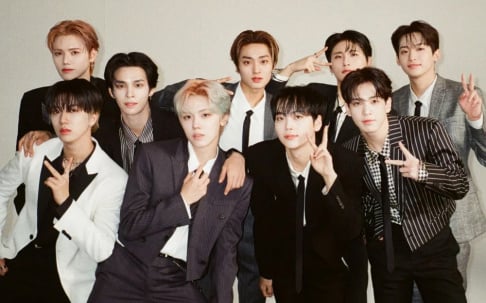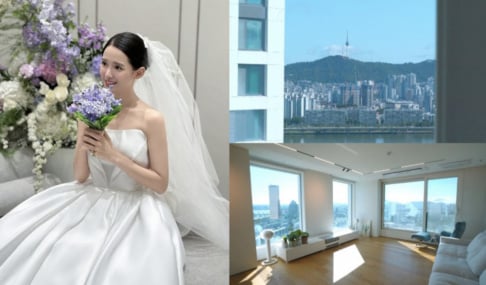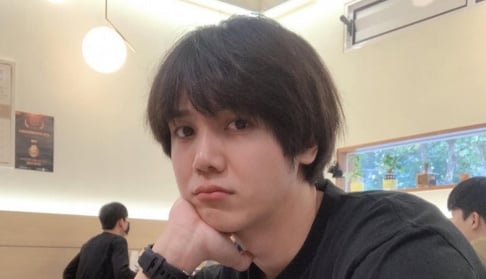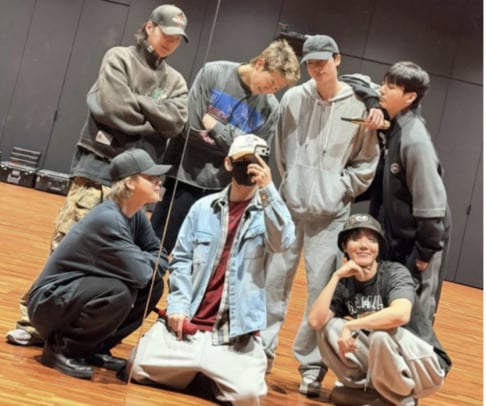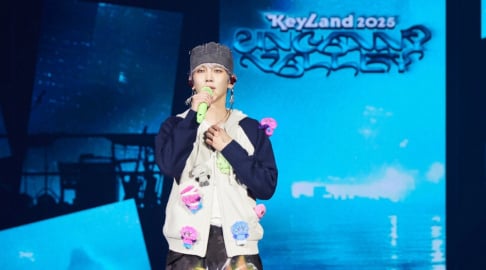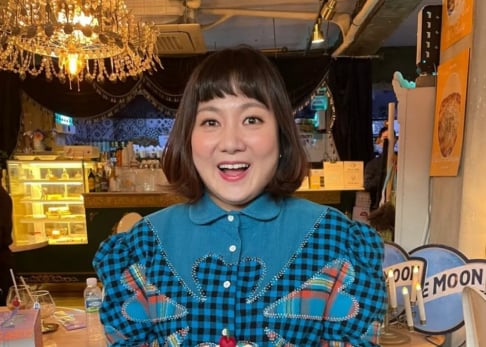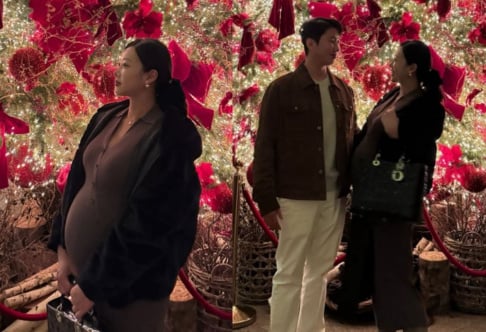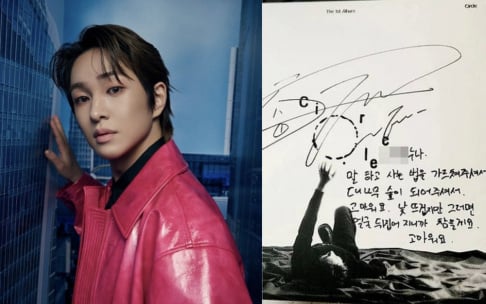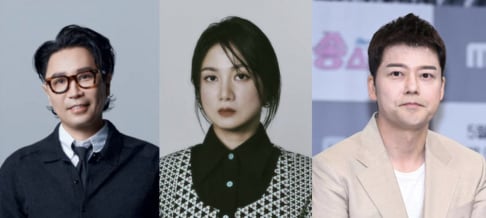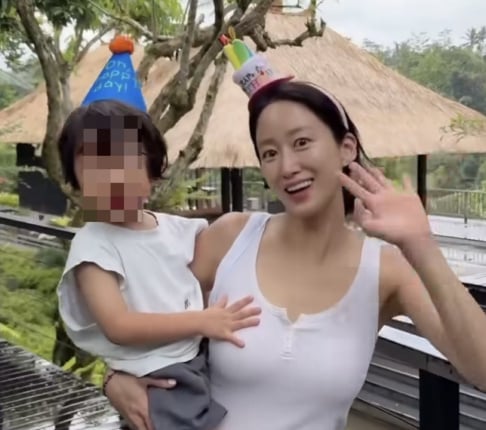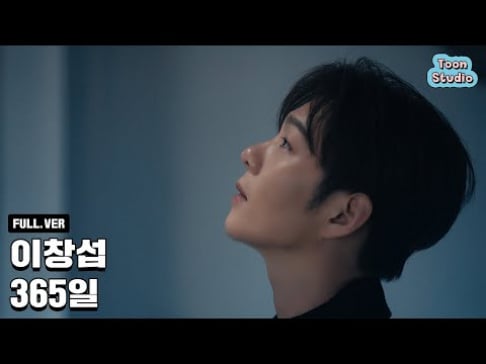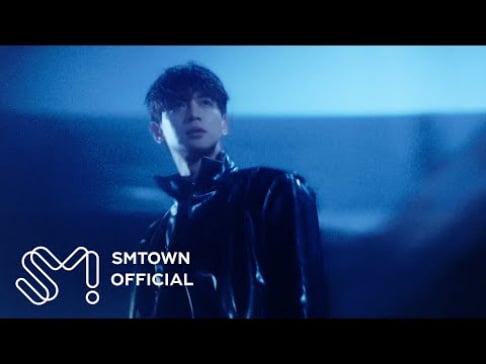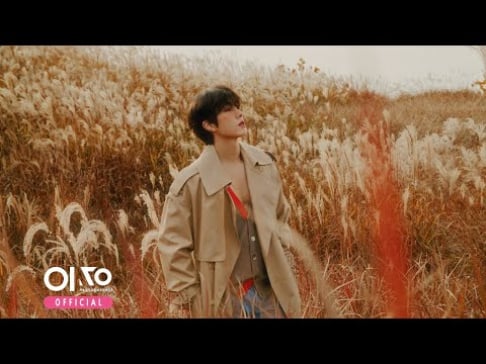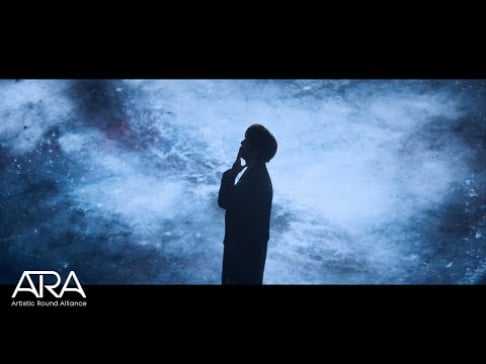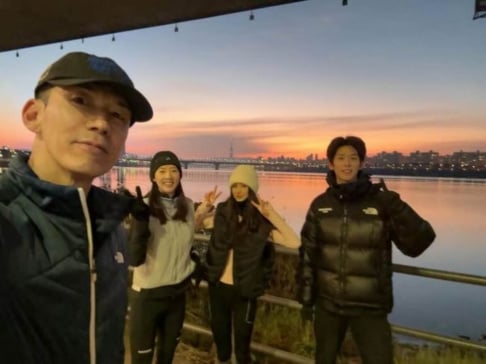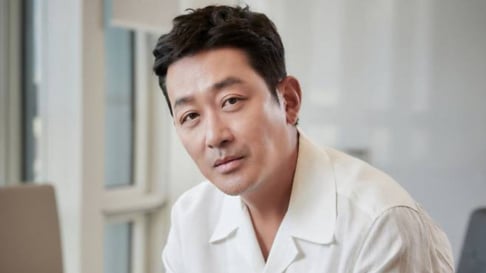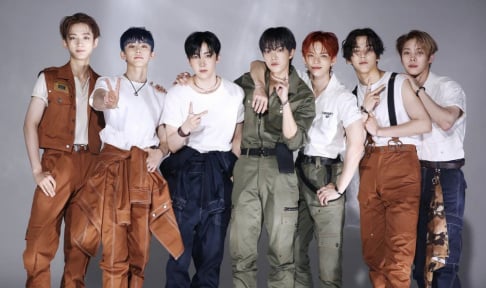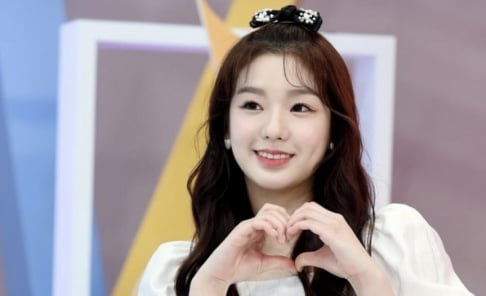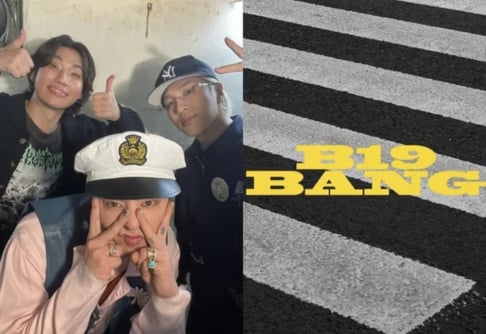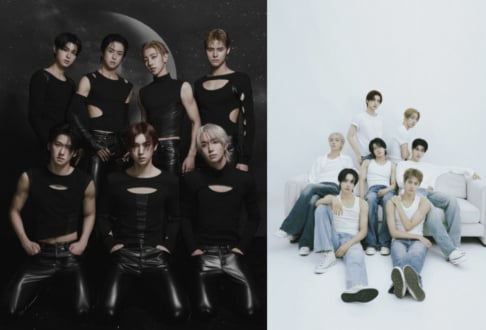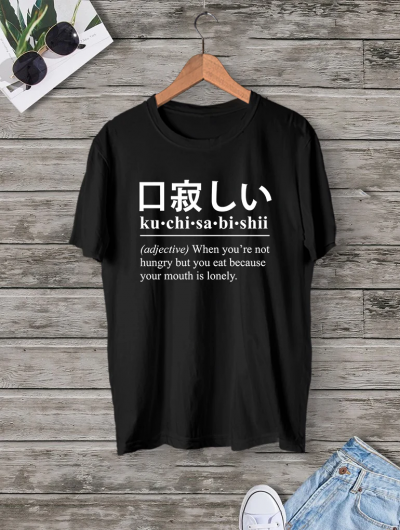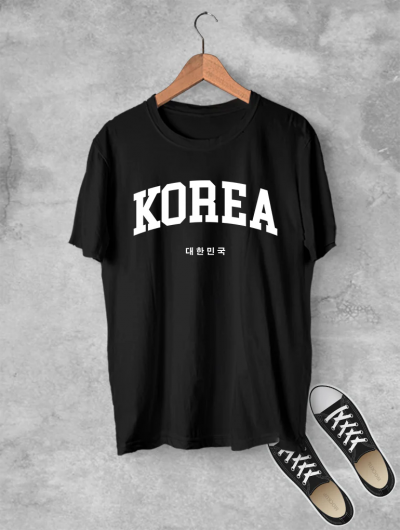
"Reply" is a treasured South Korean anthology series produced by tvN and CJ E&M. It consists of three installments of nostalgic dramas with heartfelt storytelling, authentic portrayals of the past, and unforgettable characters. Each installment, "Reply 1997," "Reply 1994," and "Reply 1988," takes viewers on a journey through different eras, blending humor, romance, friendship, and family dynamics, resonating deeply with those who grew up during the late 80s and 90s and evoking nostalgia.
Let’s delve into all the “Reply” series, a nostalgic gem that beautifully captures life in South Korea during the 1980s and 1990s.
REPLY 1997
Aired in 2012, “Reply 1997” is the first installment that laid the foundation for what would become a beloved franchise. The drama takes the viewers on a nostalgic trip to the late 1990s, centered on the lives of six high school friends in Busan. It captures the era's pop culture, particularly the rise of K-pop fandoms, with a keen focus on the fan culture among Korean teenagers devoted to the rivalry between legendary first-generation groups H.O.T. and SECHSKIES. "Reply 1997" features the leader of SECHSKIES, Eun Jiwon, as Do Hak-chan, adding a special touch to the series.
REPLY 1994
Following the success of "Reply 1997," "Reply 1994" premiered in 2013. The series travels further back in time to 1994, focusing on a group of university students from various provinces who live together in a boarding house in Seoul. The series delves into the students' lives and the vibrant university culture of the time, highlighting their dreams, struggles, and the strong bonds they form. “Reply 1994” beautifully captures the essence of the mid-'90s, from the rise of legendary South Korean group Seo Taiji and Boys to the Korean Basketball League and the 1994 FIFA World Cup.
REPLY 1988
“Reply 1988,” the series’ final installment that aired in 2015, is the most successful chapter of the series. One of the highest-rated dramas in Korean cable television history, “Reply 1988,” is widely regarded as the most emotionally rich of the trilogy and is a poignant homage to simpler times. Set in the late 1980s, it chronicles the lives of five families living in a small neighborhood of Ssangmundong, Seoul. The drama is more than just about the main characters friendships, romances, and struggles; it also offers a touching portrayal of family and community life during the late 1980s.
The "Reply" series is a cultural phenomenon that has left an indelible mark on K-drama realm. Each instalment captures the essence of a particular era and tells universal stories of love, friendship, and family, cementing the "Reply" series as a timeless classic.
 SHARE
SHARE
